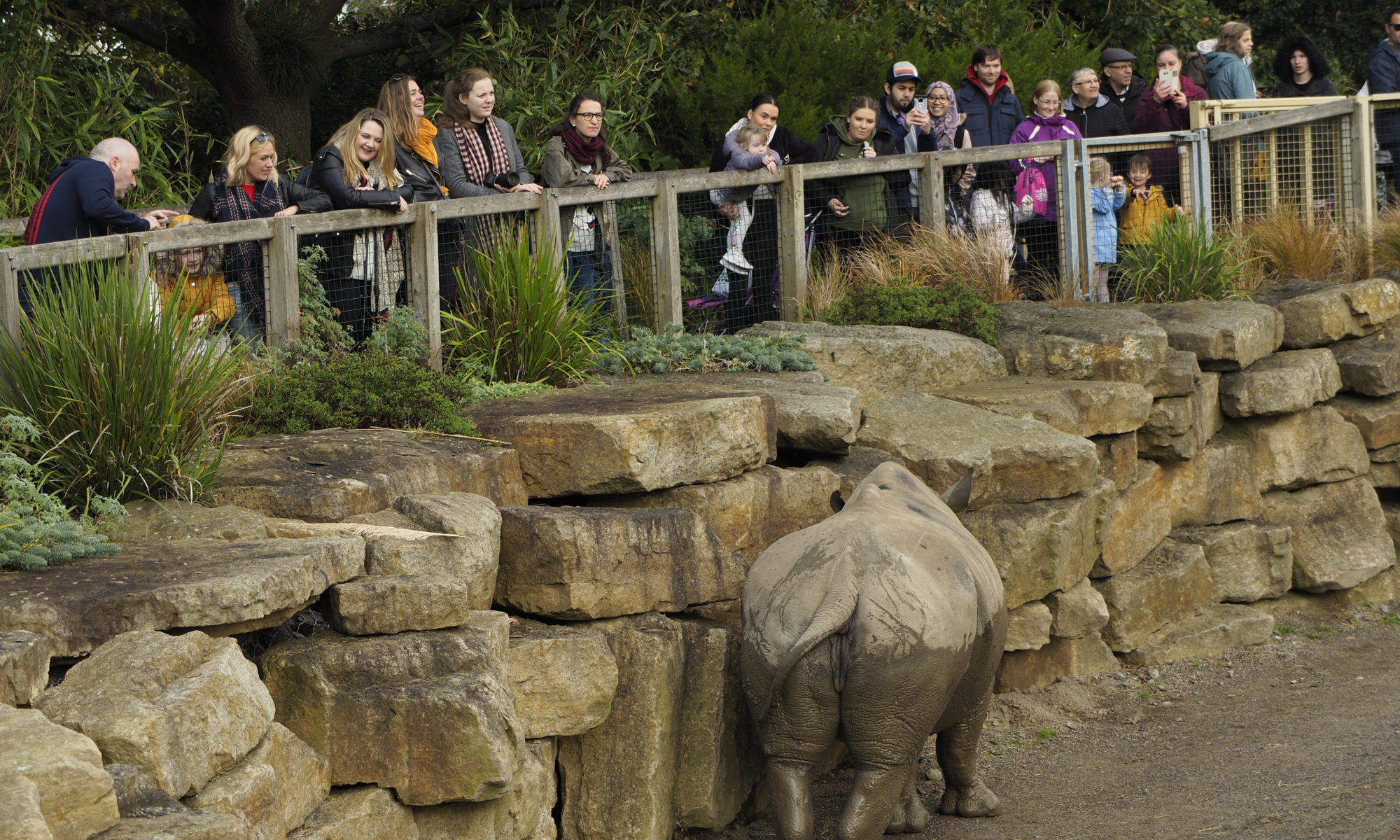- Why go to the zoo? - 28/02/2020
- Fulbright to the Frozen Zoo - 06/12/2019
- Lightning Strikes at TCD - 08/11/2017
Nearly every single one of us has visited the zoo at least once, it’s a fundamental part of most childhoods. In fact, over 700 million people visit zoos and aquariums around the world every single year. Although we may all go to the zoo for a fun day out, by choosing to go to the zoo we are indirectly funding the conservation of animals in the wild, as modern zoos and aquariums invest more than $350 million in conservation in the wild every single year, representing the third largest conservation organisation contributor globally (Gusset & Dick, 2011).
These are important figures to keep in mind considering the growing unease among the general public concerning how and why we keep large, charismatic animals in captivity. The release of the documentary ‘Blackfish’ in 2013 and the resulting public concern highlights this heightened awareness and has subsequently led to multiple legal battles internationally surrounding the keeping of marine mammals in captivity. Similar events such as the death of Harambe the gorilla in 2016 have sparked analogous conversations over why we need to keep these large, charismatic animals in zoos in the first place.

The truth is, to most people a zoo without these large, charismatic animals would not really be much of a zoo. People expect to see elephants, rhinos, giraffes, tigers and gorillas when they visit a zoo. If you think of your own childhood memories of the zoo, it is likely these kinds of species you remember. How zoos decide to manage their collections is therefore in conflict between these seemingly conflicting strategies. Do they keep these large, charismatic animals which people expect to see, and if so, what conservation role are these species playing in the zoo beyond simply breeding them to make sure they don’t go extinct?
In our recent study, just published in Nature Communications, we decided to test these ideas! We used a global dataset of 458 zoos in 58 countries to test what are the characteristics of a zoo collection that seem to increase visitor attendance and what does this mean for how much a zoo is investing in conservation in the wild (Mooney et al., 2020). We looked at every single species of mammal, bird, reptile and amphibian held in each zoo and related their body size and IUCN conservation status to visitor attendance and conservation investment in the wild, while also looking at the importance of socio-demographic factors such as GDP and number of people living near a zoo (Figure 2).

We found that zoos with lots of animals (particularly mammal species), large animals, and animals which are dissimilar to other zoos achieve higher visitor numbers and contribute to more conservation projects in the wild. We also show that zoos with more threatened species invest in more conservation projects in the wild. This provides global evidence to suggest that zoos don’t need to compromise their economic viability and entertainment value in order to have a significant value to conservation. This is also not taking into consideration the immense contributions zoos make to conservation education through the more than 700 million people who pass through their doors every single year.
However, we also find that it is difficult for zoos to fulfil all of these requirements simultaneously as large animals take up a lot of space and resources meaning relatively few can be kept per zoo. The research finds that instead of a “one size fits all” approach to zoo collections there are several different strategies that can be used to encourage attendance, as we also found that unique collections of animals are associated with greater attendance.

Essentially, we find that having large, charismatic animals in zoos seems to result in higher numbers of visitors and consequently a greater contribution from zoos to conservation activities in the wild, which is ultimately the goal of global wildlife conservation. We hope the evidence presented here can be used by zoo managers to help guide zoo collection planning processes and increase the contributions from zoos to conservation in the wild, helping to reduce global biodiversity loss.
We would like to thank all the zoos and aquariums who provided data for this study. The species holdings data for this study was obtained from the Zoological Information Management System (ZIMS) managed by Species360. More than 1,200 wildlife institutions curate and share animal data as members of Species360, contributing real-time demographic, medical, genetic, and population insights for more than 22,000 species and 10,000,000 individual animals, both living and historic. Additionally, the data for the conservation investment in the wild was provided by the Association of Zoos and Aquariums (USA) and the British and Irish Association of Zoos and Aquariums.
References:
Gusset, M. & Dick, G. The global reach of zoos and aquariums in visitor numbers and conservation expenditures. Zoo. Biol. 30, 566–569 (2011).
Mooney, A., Conde, D.A., Healy, K. et al. A system wide approach to managing zoo collections for visitor attendance and in situ conservation. Nat Commun 11, 584 (2020). https://doi.org/10.1038/s41467-020-14303-2

